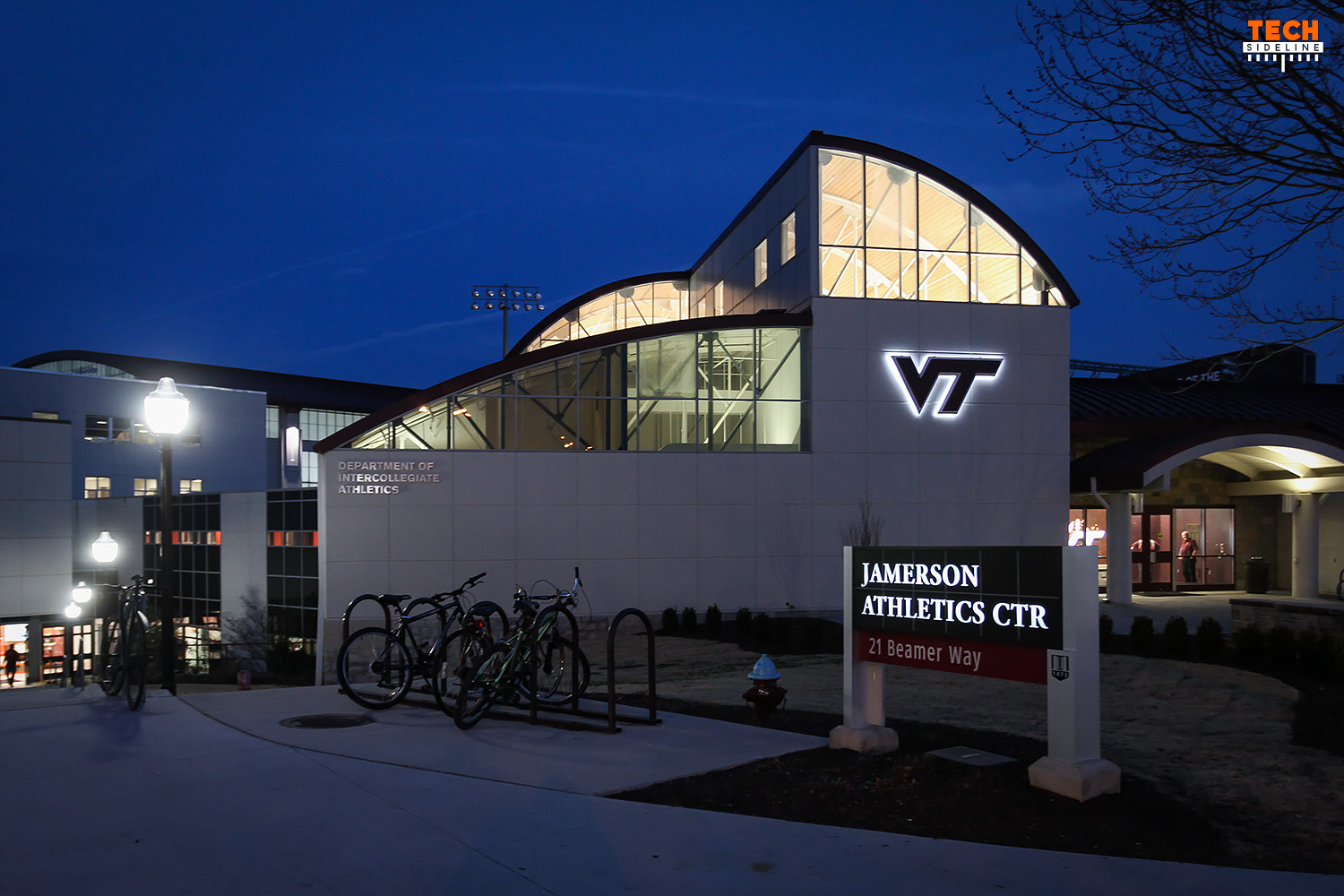
Running a college football program in the NIL era is like being the general manager of a Major League Baseball team. There is no salary cap and each team has a different amount of money to go around, so it’s up to each head coach/GM to develop a strategy for success based on the amount of money he has. Virginia Tech graduate Eric Neander of the Tampa Bay Rays sets the standard for this type of MLB franchise, whereas the big money teams like the Yankees and Dodgers can spend whatever they want on whoever they want and don’t have to worry as much about strategy.
Of course, the big difference is that college players aren’t signed to contracts, so they are essentially free agents every year. Because of that, college head coaches are constantly performing a juggling act more than their GM counterparts in MLB.
The reality is that Virginia Tech as a college football program is somewhere between the Yankees and the Rays. In college football, you’ve got schools like Texas A&M and Miami who splash out on NIL, and obviously teams like Alabama, Georgia, Clemson, Ohio State, Florida State, etc. who I’m sure are in great shape as well. Then you’ve got teams who are probably at the bottom of the NIL scale — Wake and Duke I’m guessing fit this bill — who have to rely on great scouting and player development. They know they can lose players to NIL at any point, which is why they’ve got to be great at scouting and development. They need to have a ready-made replacement from within, similar to good farm systems in baseball.
Virginia Tech isn’t going to compete with Alabama, Clemson and Texas A&M in the NIL world, but schools like Duke and Wake Forest can’t compete with the Hokies. Keeping it in Major League Baseball terms, I’d liken the Hokies — and most college football programs — to somebody like the St. Louis Cardinals. The Cardinals’ average payroll rank dating back to 2010 is 11.28. They’ve been as high as No. 6 in one year, but they’ve only been in the top 10 in payroll for three of those 12 seasons. St. Louis has always been excellent in drafting and player development, which has allowed it to spend its somewhat limited dollars wisely. St. Louis ranks No. 24 in American cities in market size, per SportsMediaWatch, behind such cities as Portland, Raleigh-Durham and several others who don’t even have a baseball team.
...Subscribe to read full story
Tired of low effort articles and clickbait? So are we. Subscribe to read great articles written by a full-time staff with decades of experience.
Already a subscriber? Login Here





